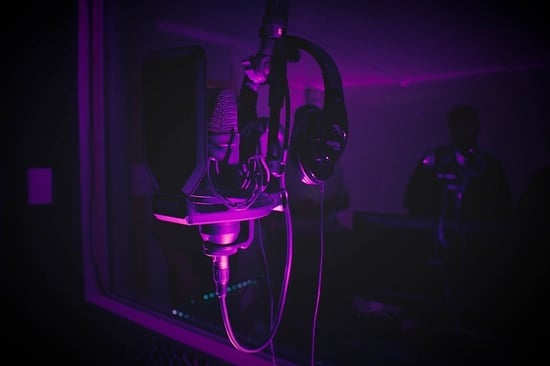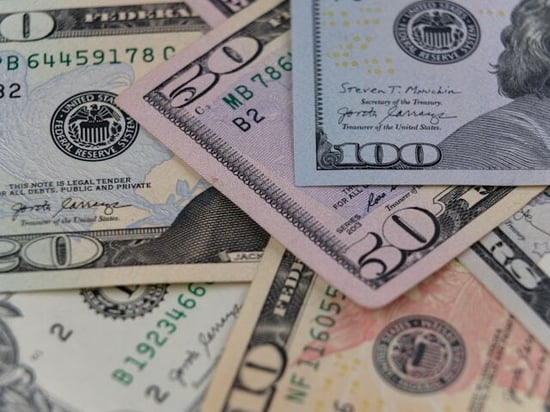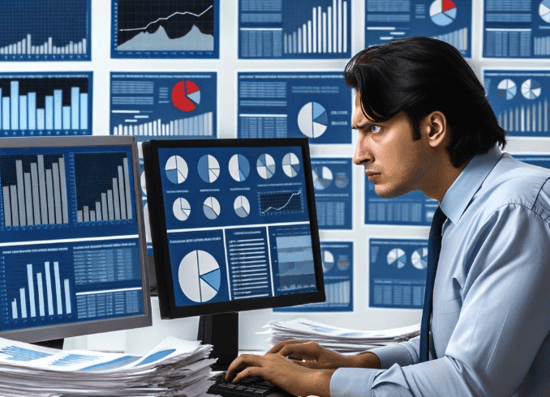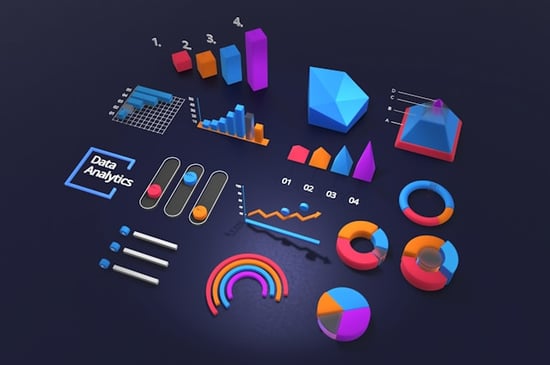
Creative work no longer runs on instinct alone. In 2025, data quietly shapes the beats behind a viral track and informs which art collab hits global screens first.
Independent creators, labels, and studios all tap into live dashboards before making their next move. From streaming spikes to TikTok sentiment shifts, every insight counts.
Business intelligence tools now fuel the creative economy’s momentum with real-time accuracy. This article examines how they’re changing decision-making across music tech startups and digital platforms today.
Real-time Audience Sentiment Tracking
Every swipe, skip, and share leaves a digital footprint. Platforms like SoundCloud and YouTube now feed live sentiment data directly into creator dashboards.
Mood-based tagging from social platforms connects emotional reactions to content trends. A spike in positive feedback within minutes of release gives artists early momentum signals before charts reflect it.
Music tech startups use this data to guide remix drops or adjust tour setlists mid-leg. Even small teams can pinpoint regional tastes as they shift, helping them stay relevant without burning cash on misaligned campaigns.
Adaptive Pricing for Digital Art and Music Drops

Static pricing models fall flat in a world where attention shifts hourly. Collectors move fast, and fan demand fluctuates with every repost or mention from influencers.
Music platforms and digital art marketplaces track user behavior to trigger tiered pricing updates. High engagement early on may automatically increase prices, rewarding artists while managing scarcity without manual intervention.
Smaller creators benefit from flexible monetization without hiring data analysts. Dynamic pricing engines handle the backend logic, letting them focus on releases instead of spreadsheets. The result is fairer revenue distribution based on real-time value signals pulled directly from audience activity.
AI-Assisted Content Trend Forecasting
Business intelligence tools backed by machine learning scan millions of data points across streaming platforms, social media chatter, and playlist metadata. Patterns surface before they hit mainstream feeds.
Early signals, such as rising BPM trends or lyrical themes in short-form video content, feed directly into AI models. Producers and labels use those forecasts to greenlight projects that match upcoming demand curves weeks ahead of the trend cycle.
Indie musicians can get tracks studio-ready on Mixea or other tools that plug directly into predictive data models. Suggested arrangements, tempos, or even vocal tones come from real-time listening shifts across platforms like TikTok and Spotify.
Performance-Based Partnership Targeting

Back then, brand deals often hinged on follower counts and gut instinct. Today, business intelligence platforms focus on hard data like engagement quality, retention rates, and regional resonance.
Creative teams analyze micro-metrics from fan interactions to identify who actually drives conversions. For example, a digital artist in Berlin might partner with a wellness brand targeting Gen Z listeners in Southeast Asia because the overlap shows up clearly in cross-platform behavior data.
Upcoming artists use those insights to build leaner partnerships with creators whose impact precisely aligns with their niche. Deals come together faster because both sides see the numbers upfront. It’s not about reach anymore but about precision alignment that performs.
Automated Rights and Royalty Analytics
Data tools in 2025 track intellectual property usage across platforms with more precision than manual reporting ever allowed. Every stream, sync license, and sample pull updates in real-time.
Smart contracts handle splits automatically based on actual plays instead of delayed reports. Tools such as Revelator or Stem show creators how earnings shift minute by minute as music moves across regions and formats.
Labels and managers waste less time chasing paperwork or cross-referencing spreadsheets. Independent artists, too, get full visibility into what’s earning and where it's coming from without waiting months for royalty statements.
Geo-Targeted Creative Campaign Optimization

Audience behavior varies sharply across regions, even within the same language or platform. Data-backed tools highlight where fans actually convert, not just where views spike.
Streaming analytics reveal which cities adopt a new sound before it reaches the charts elsewhere. Teams use that intel to roll out custom visuals, ads, and event tie-ins specific to local tastes and timing. What works in Tokyo might miss in Toronto unless tailored at the micro level.
Music tech startups build campaign layers city by city rather than using blanket strategies. The approach cuts waste and builds stronger fan engagement by creating content tailored to specific contexts rather than a broad appeal.
Predictive Audience Development for Niche Communities
Big followings aren't the only metric that matters. Creative teams dig into predictive audience modeling to grow deep connections with smaller, high-intent groups.
Business intelligence platforms map behavior patterns from overlooked clusters, such as hyper-local genre fans or hobbyist creators with strong referral power. Instead of chasing scale, campaigns focus on those micro-communities before competitors catch on.
Digital art drops and music launches perform better when built around likely advocates rather than broad demos. Creators identify where buzz will build next using heatmaps and social velocity trends pulled from platforms like Reddit, Discord, and SoundCloud.
Gain a Natural Edge Over Your Competitors
Data has become part of the creative toolkit, not just the backend—artists and platforms using real-time intelligence shape faster, smarter moves without sacrificing originality.
Those willing to blend instinct with precision gain an edge that feels natural. In the 2025 creative economy, clarity fuels momentum as much as talent has ever done.